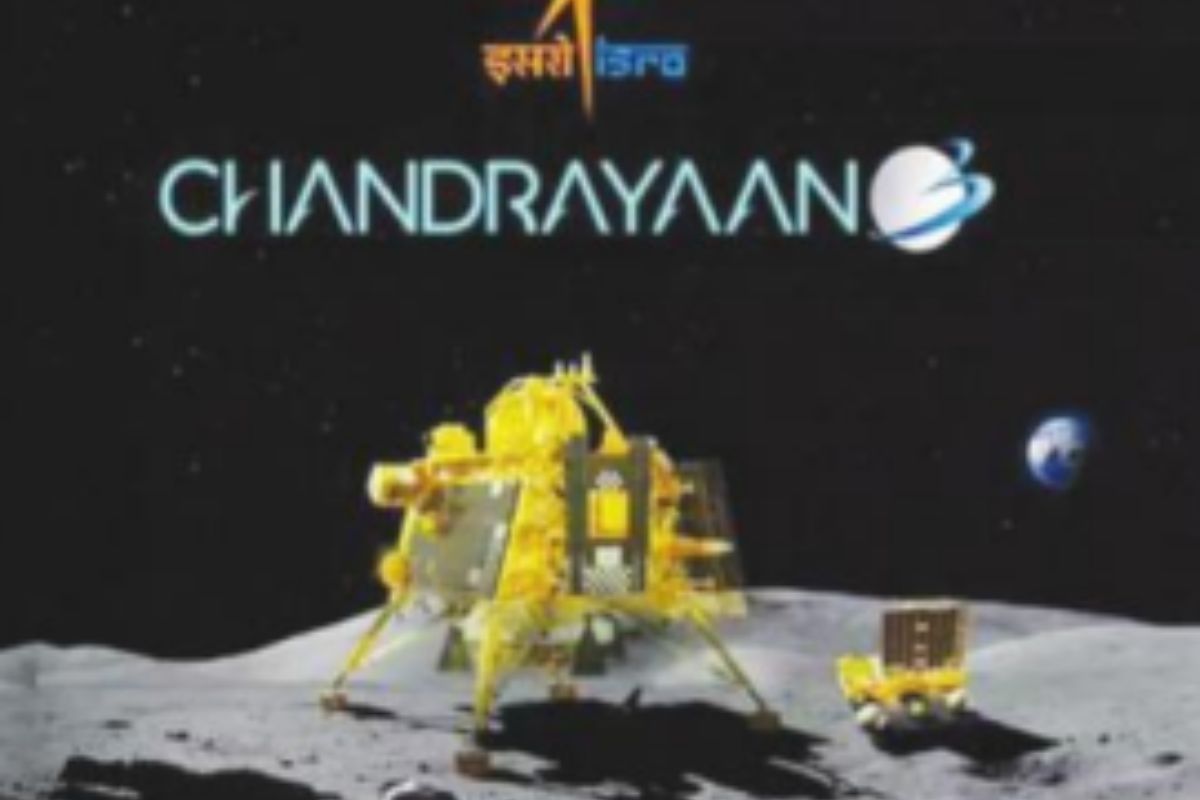Congratulations are due to the Indian Space Research Organisation (ISRO), who successfully landed Chandrayaan 3 on the Moon this week. India is the fourth country to achieve this feat. The South Pole region of the Moon has been drawing the attention of many scientists.
NASA, the American space research organization, achieved an impressive feat over 50 years ago with the Apollo Program by landing humans on the Moon. As technology has progressed, countries have become increasingly interested in planets.
Advertisement
The success has boosted India’s soft power prestige, especially considering the failed attempt in 2019. The victory is even more remarkable since it happened shortly after Russia’s unsuccessful lunar landing.
As Indians, we must feel proud of our space scientists. We owe this success to our great scientists and visionary leaders, such as our first Prime Minister, Jawaharlal Nehru. The contributions of his successors, including Prime Minister Narendra Modi, have been instrumental in maintaining this success.
The Moon has always been a source of fascination for many of us since childhood. As kids, we often tried to reach out and touch the Moon. Our mothers and grandmothers would tell us fantastic tales about the Moon and refer to it as “uncle” or “Chandamama”.
Astronomy is familiar to India as it has a rich history of notable astronomers like Aryabhatta, Varahamihira, and Brahmagupta. According to the Rig Veda, the Sun is at the heart of the solar system, with all other planets orbiting around it. Our forefathers held a deep reverence for celestial objects. They believed in a four-tiered world. They are the Earth, the middle region, Indra’s heaven, and the higher heaven of the immortals. The base for our calendars is the Moon.
In 1984, Air Force pilot Rakesh Sharma became the first Indian to travel to outer space. His mission to the Salyut 7 space station lasted seven days, 21 hours, and 40 minutes. The Soviets invited India to enter outer space research. It was a significant achievement for India.
Even politicians use the Moon to bribe their voters. In the 2021 Tamil Nadu Assembly election campaign, Thulam Saravanan, an independent candidate, made an exceptional pledge to his voters. He promised a trip to the Moon if he won, but he and his voters knew it was an empty promise.
What motivates people to travel to outer space? It is a curiosity and fascination for the unknown. For centuries, people have journeyed and found new territories. Our increased search for planets beyond our solar system has expanded.
Exploring space provides us with inspiration and motivation. The technology used for space exploration can also improve communication, materials science, and robotics. Further, it can improve resource extraction, human habitation, and long-term space-living research. It helps collaboration in science, technology, and diplomacy.
It is believed that the Moon has water-ice that can be used for fuel and living spaces in future. Extracting resources and creating a base there is also possible. The current mission is focused on finding these deposits and their potential.
Using the Moon as a launchpad has the advantage of promoting space tourism. It is vital for exploring other planets, like Mars. Thanks to technology and reduced space exploration costs, it is now more possible to study the Moon.
The demand for satellite imaging, positioning, and navigation data is high, leading to significant growth in the space economy.
The global space industry will reach USD 546 billion by 2023, and India’s space programmes are anticipated to contribute significantly. The Chandrayaan-3 mission can potentially boost India’s space economy, projected to grow to USD$13 billion by 2025.
In July 2023, India joined China and Russia in the race to build infrastructure on the Moon with the development of the International Lunar Research Station. This Moon base is under construction, and other nations have been invited to participate.
The US and Russia invest heavily in exploring the Moon and other planets to uncover their potential. ISRO, too, has made significant progress since its founding in the 1960s. Its partnership with NASA has also improved, allowing further collaboration.
ISRO’s cost-effective programmes have led to successful missions to explore the Moon and Mars, including Chandrayan-3.
There is a debate about whether we should invest more money into space exploration or concentrate on solving problems here on Earth. Some people think that space research deserves more financial support, while others believe that we should deal with issues on our planet before anything else. Nonetheless, it’s clear that ISRO has accomplished remarkable progress in space exploration and requires more funding to sustain its work.











